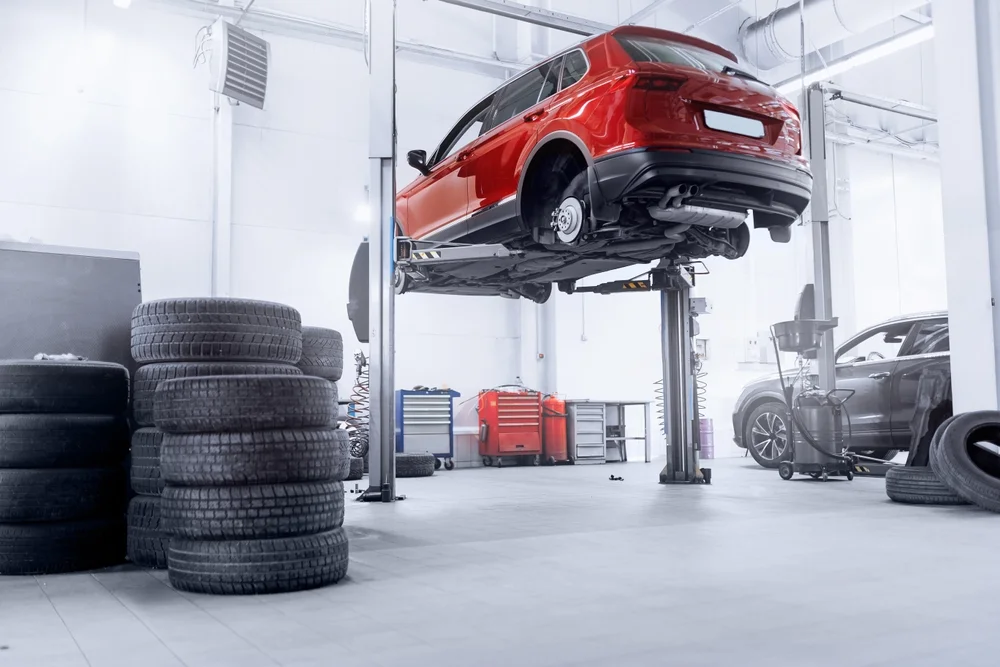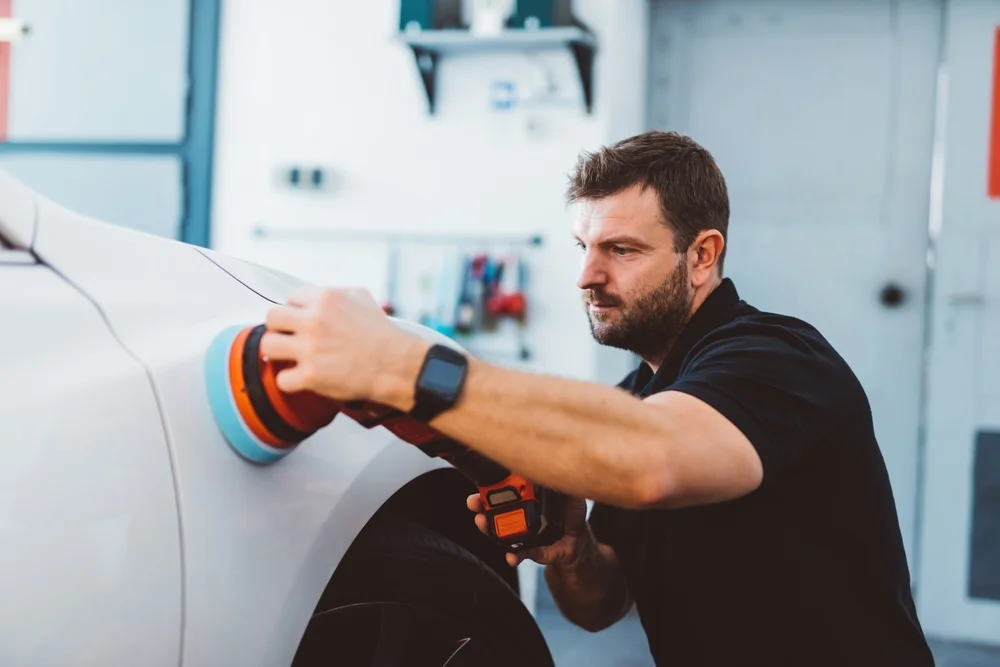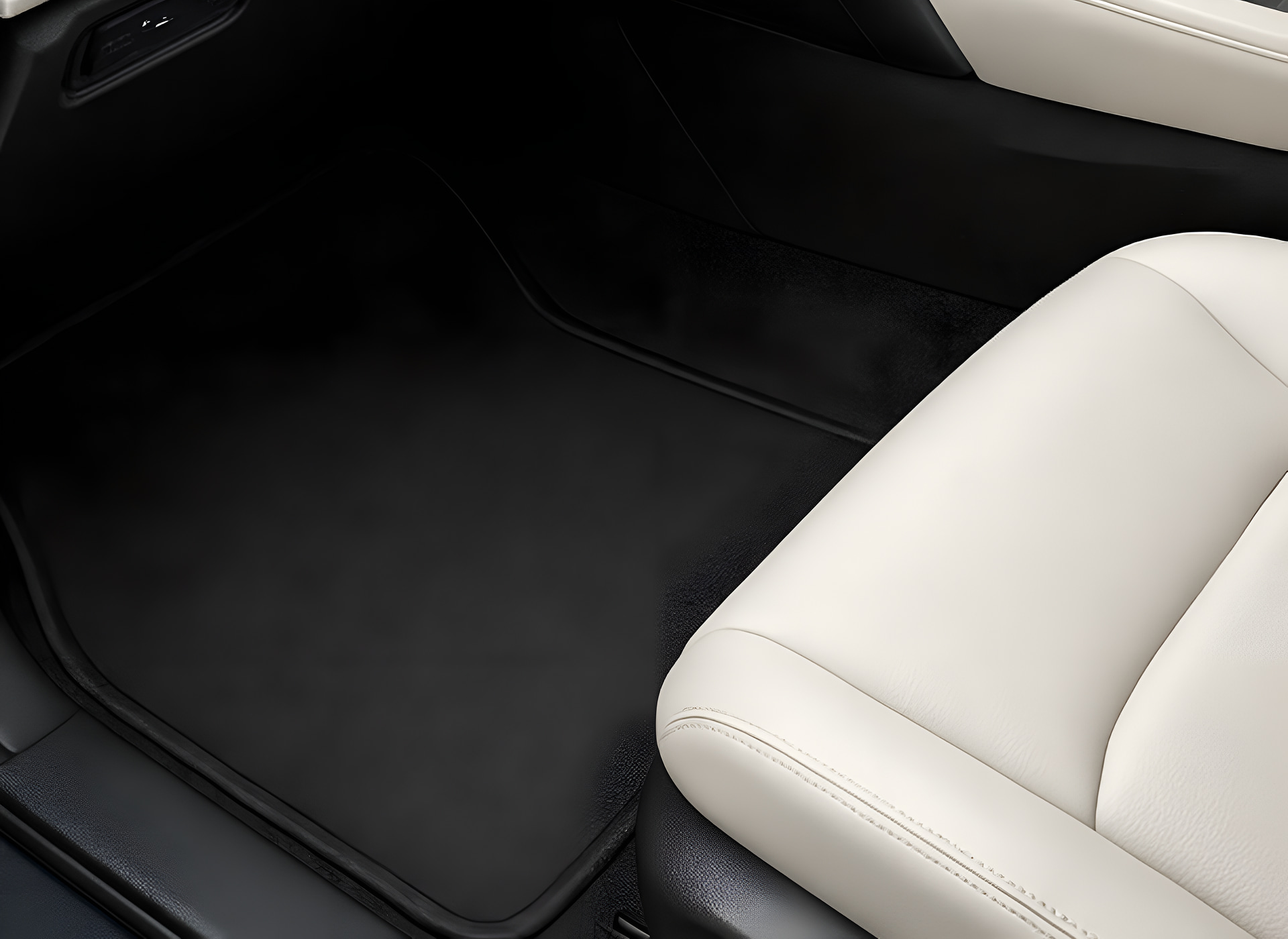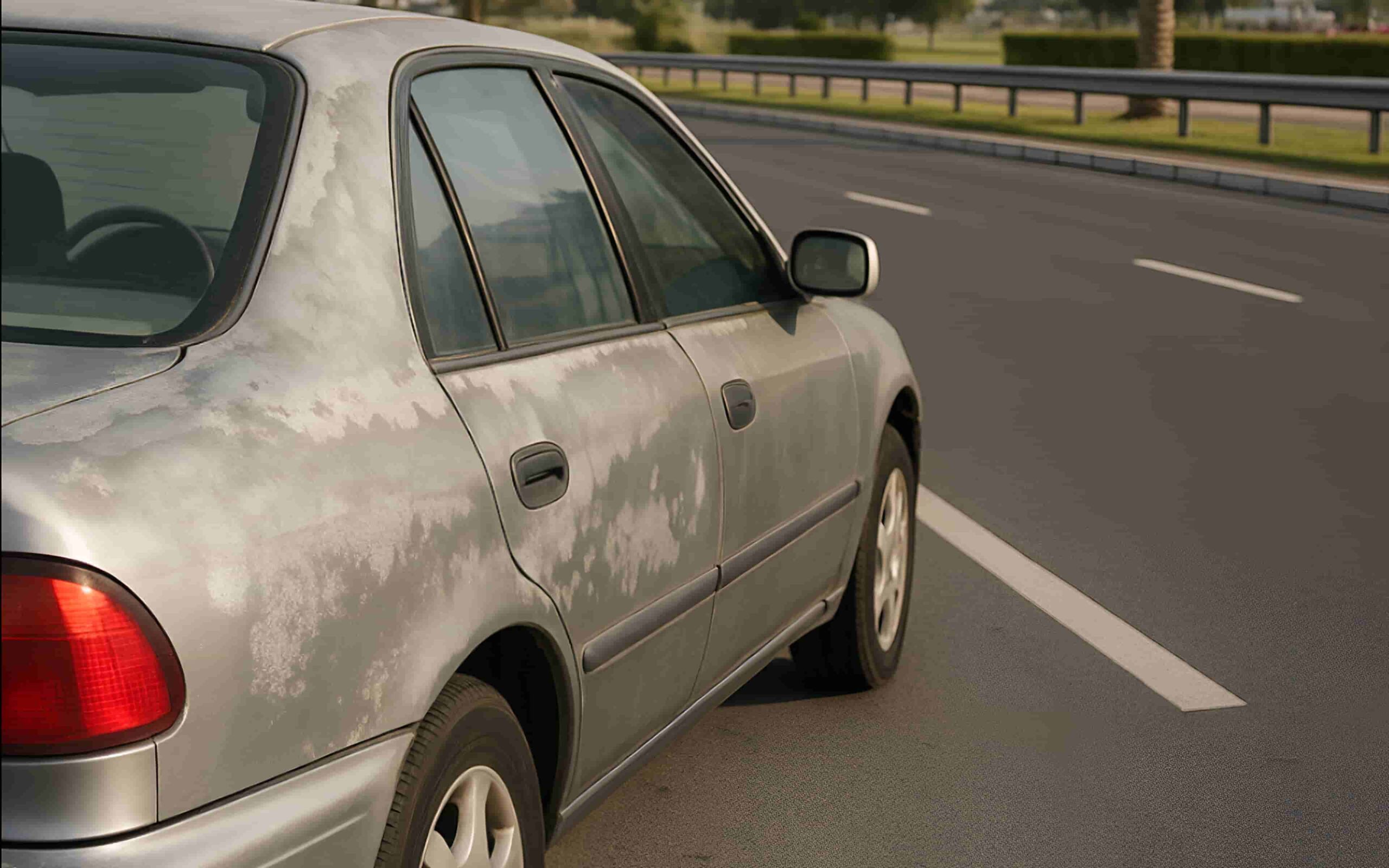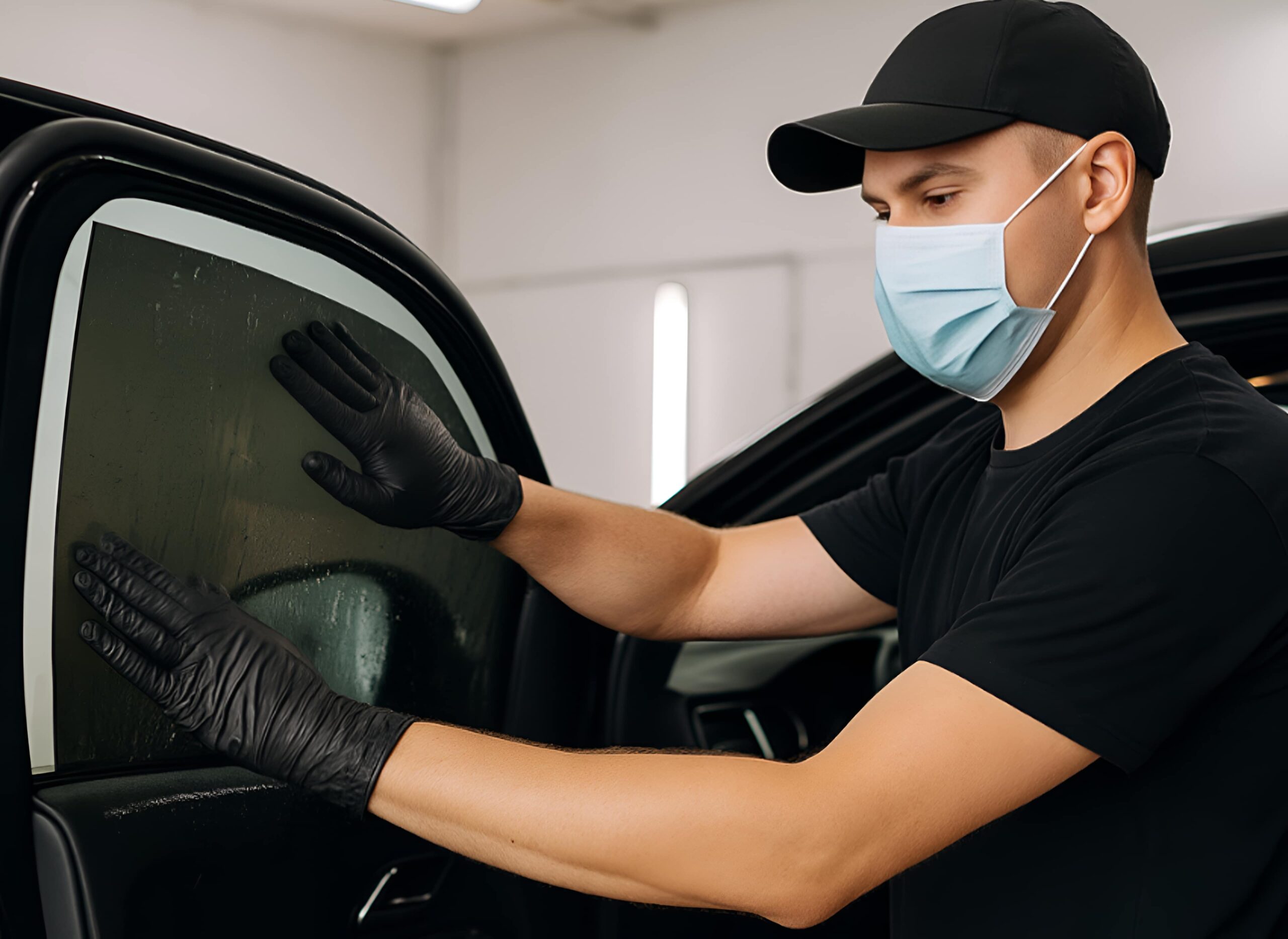Living in Dubai means dealing with dust. Whether it’s from sudden sandstorms, ongoing construction, or fine desert particles that settle overnight, your car isn’t spared. While many car owners focus on the exterior, leather seats inside the vehicle often suffer silently. They absorb dust, fade under constant sunlight, and crack if not maintained correctly.
It’s no surprise that drivers are constantly looking for the best methods on how to maintain leather car seats effectively.
We understand how frustrating it is to see your once-luxurious car leather seats turn dull or dry despite your best efforts. You’re not alone in trying to keep your car clean in this environment. That’s why this guide was created, to help you clean and maintain your leather interior with ease, using proven techniques that work specifically in Dubai’s climate. Let’s get started.
Dubai Dust and Your Car Interior: Why It’s a Bigger Problem Than You Think
Dust in Dubai isn’t just a surface-level nuisance. It’s fine, persistent, and often abrasive. Sandstorms, construction zones, and open parking areas make it difficult to keep the inside of your car clean. These particles cling to leather seats and settle into seams and creases.
Over time, this dust causes premature wear. Leather becomes dry, loses its shine, and starts to crack. The constant heat only makes the damage worse. Without regular cleaning, even high-end leather seats for car interiors start to look aged and neglected.
Dubai drivers need a smarter way to handle interior care. Daily exposure to these elements requires more than a casual wipe. It needs a method tailored to local conditions.
Everyday Leather Seat Cleaning: What Actually Works in Dubai
Taking a few simple steps each week can make a huge difference in keeping your leather car seats looking sharp.
Start with these easy tips:
Vacuum regularly
Use a handheld vacuum or one with a soft brush attachment. This removes loose dirt before it gets rubbed into the surface.
Wipe with a clean microfiber cloth
Gently wipe the seats every few days to clear off any dust buildup. Avoid pushing too hard.
Use a pH-neutral leather cleaner
Choose a product that’s made specifically for car leather seats. Apply it with a soft cloth, working in small sections.
Condition your seats monthly
Leather needs moisture to stay flexible. Use a conditioner made for automotive leather to prevent drying and cracking.
Local hacks that save time:
First of all, keep a small cleaning kit in your trunk and park in shaded areas to reduce heat damage. Also, use ventilated seat covers if your car is exposed all day.
These small steps make a big impact in a city where dust settles fast and leather can dry out even faster.
What NOT to Use on Your Car’s Leather Seats
Many drivers unknowingly damage their leather seats by using the wrong products. Some household cleaners might seem safe, but they’re often too harsh.
Avoid these at all costs:
Baby wipes or wet wipes
They contain alcohol and chemicals that strip away leather’s natural oils.
Vinegar and water mixtures
These can dry out leather and weaken its structure over time.
Dish soap or laundry detergent
These are too strong and often leave residue behind.
There’s also a myth that olive oil can be used as a leather conditioner. Don’t fall for it. It darkens the leather and leaves a sticky surface that attracts more dust.
Stick with cleaners and conditioners made for car interiors. That’s the best way to protect your investment and maintain the smooth texture and appearance of your leather seats.
Where to Go in Dubai for Professional Car Leather Detailing
While routine cleaning helps, sometimes your leather seats need more attention. That’s where professional detailing comes in.
Monza Auto Care offers deep leather cleaning and restoration treatments. Their team uses safe, non-toxic products designed for Dubai’s climate. Services include UV protection to prevent sun damage, deep-conditioning to revive dry leather, and odor removal for a fresh-smelling interior.
Unlike basic car washes, Monza focuses on preserving your interior’s quality. Their specialists treat each seat with care, restoring color and texture while removing dust and residue that builds up over time. This means you will get the best car detailing services.
When your leather starts to show signs of aging, going to a trusted professional makes all the difference.
Extra Tip: Park Smart to Protect Your Leather
Prevention is just as important as cleaning. Where and how you park plays a key role in leather care.
To protect your car seats daily, try to park in indoor or shaded areas whenever possible. Using a windshield sunshade helps block harmful UV rays that can fade and damage the interior.

Cracking your windows slightly allows heat to escape and reduces internal temperature buildup. If you need to leave your car in direct sunlight for extended periods, consider covering the seats with breathable fabric protectors to minimize wear and tear.
These simple steps reduce heat exposure and help your leather hold up better in the long run. Small habits today can save you from costly repairs later.
Signs Your Leather Seats Need More Than Cleaning
While regular cleaning helps maintain the appearance of your leather seats, there comes a point when surface-level care is no longer sufficient. In Dubai, leather interiors can deteriorate faster than expected. Recognizing the early signs of wear allows you to address issues before they require repairs or replacement.
Here are the key indicators that your leather seats need restoration, not just cleaning:
1. Visible Cracks and Surface Splitting
Fine cracks on the seat’s surface usually start as dryness or stiffness. Over time, these can deepen into splits that expose the underlying material. This happens when the leather has lost its natural oils and flexibility, often due to prolonged sun exposure and a lack of conditioning.
Ignoring it will lead to further splitting, especially in high-contact areas like the driver’s seat.
2. Discoloration or Fading
If parts of your seat appear lighter, duller, or have an uneven tone compared to the rest, this is a sign of UV damage or wear from friction. Fading is common on seat bolsters, headrests, and armrests, where sunlight and body contact are most frequent.
Mild discoloration can sometimes be improved with high-quality conditioners, but restorative dyeing by a professional may be required to bring back uniform color and depth.
3. Surface Feels Rough or Stiff
Healthy leather should feel supple and smooth. If it starts feeling coarse, hard, or squeaky, it’s likely dehydrated. This is particularly common in Dubai, where the dry heat evaporates moisture from leather much faster than in humid climates.
Apply a leather rehydration treatment or have it professionally conditioned. If left untreated, the stiff leather may crack the next time pressure is applied (e.g., when entering or exiting the vehicle).
4. Permanent Stains or Sticky Residue
Some stains caused by body oils, sunscreen, or spilled drinks may not lift with ordinary cleaners. Over time, these substances chemically bond to the leather, causing dark patches or sticky textures that worsen with heat.
Persistent stains require deep cleaning using specialized extraction equipment and pH-balanced products. Avoid scrubbing harshly, as it can damage the topcoat.
5. Foul Odors That Don’t Go Away
If your leather seats emit a musty or sour smell even after cleaning, it may be due to absorbed moisture, mold spores, or deeply embedded bacteria in the padding or seams.
A thorough interior detox treatment or ozone cleaning may be necessary. Professionals like Monza Auto Care offer odor-neutralizing services designed specifically for leather interiors.
If your leather seats show any of these signs, it’s best not to rely on over-the-counter solutions. These issues require restorative care from trained technicians who understand the nuances of automotive leather.
At Monza Auto Care, our detailing team assesses your leather’s condition and recommends a customized treatment, whether it’s deep conditioning, color correction, or full restoration.
Conclusion
Keeping your leather car seats clean in Dubai’s harsh climate isn’t just about looks; it’s about preserving comfort, value, and long-term durability. With constant exposure to dust, heat, and sunlight, your car’s interior needs regular care using the right products and methods.
A few simple habits, paired with safe cleaning techniques, can help maintain the quality and feel of your leather seats for years to come.
If your leather interior is starting to show signs of wear or you want a more thorough refresh, visit Monza Auto Care. Their team offers expert leather seat detailing designed for Dubai’s environment, helping you restore your car’s interior to showroom condition. Book an appointment today and give your leather seats the care they deserve.
For more information or to schedule a service, call us at 065300005 or email us at monzaautocare@gmail.com. Our experienced staff is ready to assist you in protecting and revitalizing your vehicle’s leather interior with care and precision.

